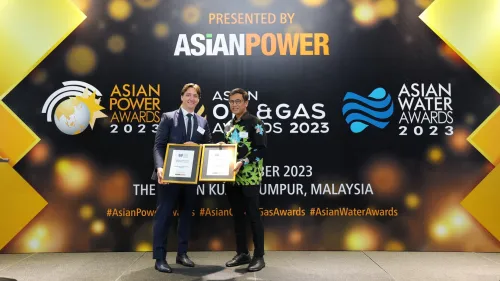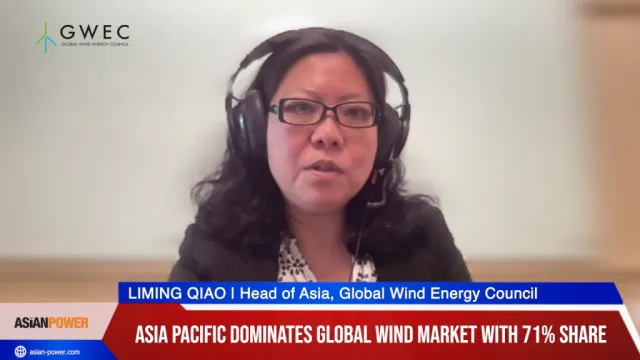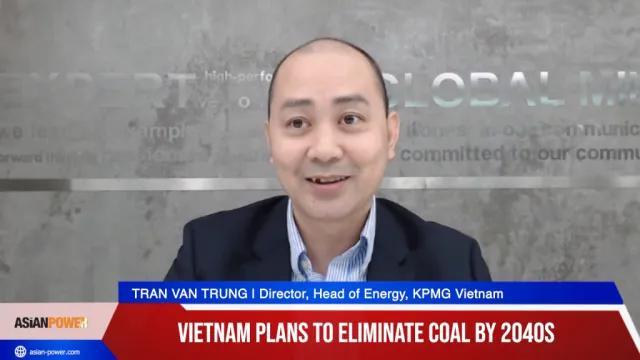
China pushed global renewable installed capacity beyond 900GW in 2015
China became the largest consumer of solar PV modules.
China was the world’s leading market across a number of renewable energy technologies in 2015 and helped to drive global renewable installed capacity to an estimated 913.48 Gigawatts (GW), says research and consulting firm GlobalData.
The company’s latest report states that China led the world for annual capacity additions in solar, biopower, small hydropower and onshore wind in 2015, although the National Development and Reform Commission confirmed reductions in the cut to China’s onshore wind feed-in tariffs, for projects approved after January 1, 2015 or commissioned after January 1, 2016.
Ankit Mathur, GlobalData’s Practice Head for Power, says that China consolidated its position as the leading installer of solar power capacity in 2015, as part of a bid to increase renewable technologies and drive down greenhouse gas emissions.
Mathur explains: “China became the largest consumer of solar photovoltaic (PV) modules in 2014, overtaking both Japan and the US. China’s annual solar PV installations have grown rapidly over the past few years, from 500 Megawatts in 2010, to 10.6 GW in 2014, and an estimated 18.43 GW in 2015.
“In 2014, Japan and the US stood second and third, with annual solar PV installations of about 10 GW and 6.2 GW, respectively. However, both countries added an estimated 8.2 GW each in 2015.”
GlobalData’s report also states that while the major markets of Europe and North America have historically had the best renewables track record, and will continue to expand renewable capacity, developing markets such as China have shown commitment to increasing their installed renewable capacity, driven by an increasing global emphasis on policies tackling climate change.
The most important recent development in global climate change policy in 2015 was the United Nations 21st Conference of the Parties (COP21) in Paris, which proposed a number of ambitious targets.
Mathur continues: “Although reasonable doubts have been cast over China’s challenging targets, it has outdone self-assigned targets in the past. China previously set a target of 15 GW of solar additions for 2015, and amended this target to 17.8 GW in March, which it eventually surpassed.
“However, China failed to meet the third revised annual target, set in September of 23.1 GW, and it remains to be seen if the country can achieve the ambitious goal of 150 GW of solar PV capacity by 2020.”



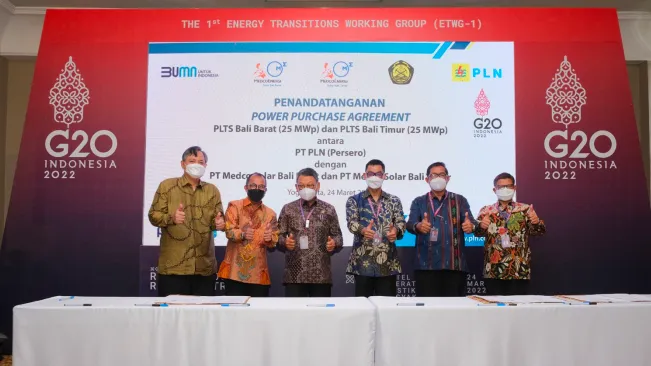





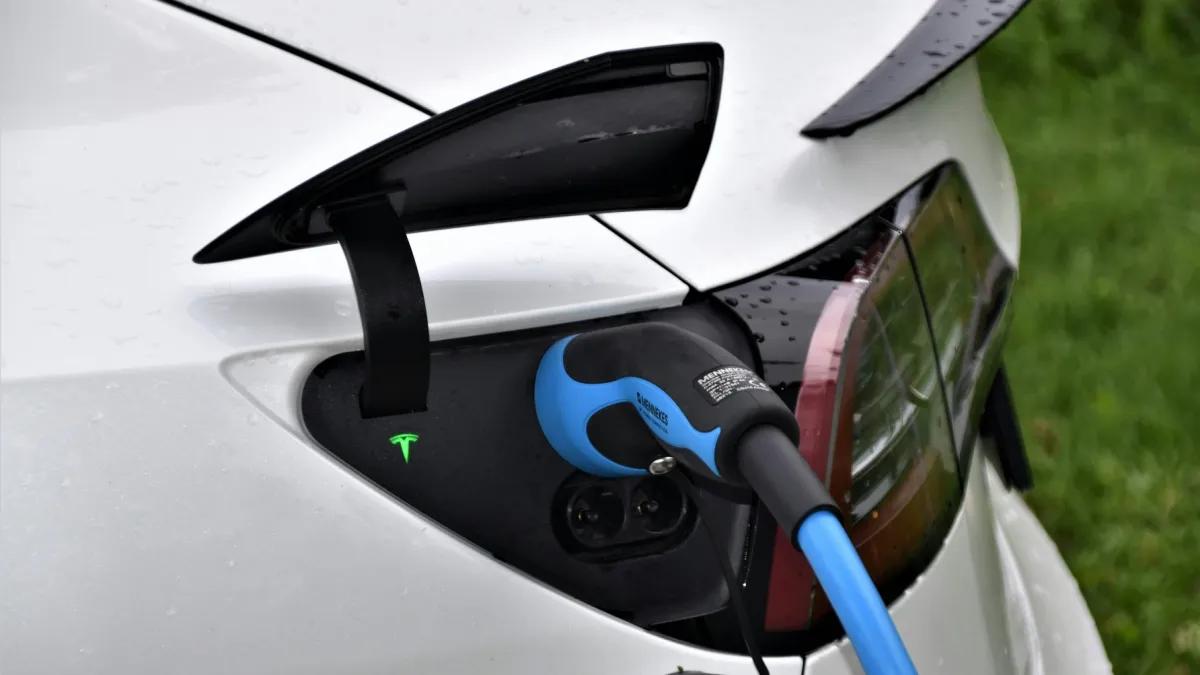



 Advertise
Advertise
